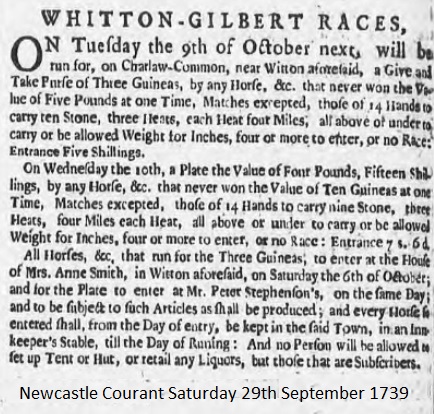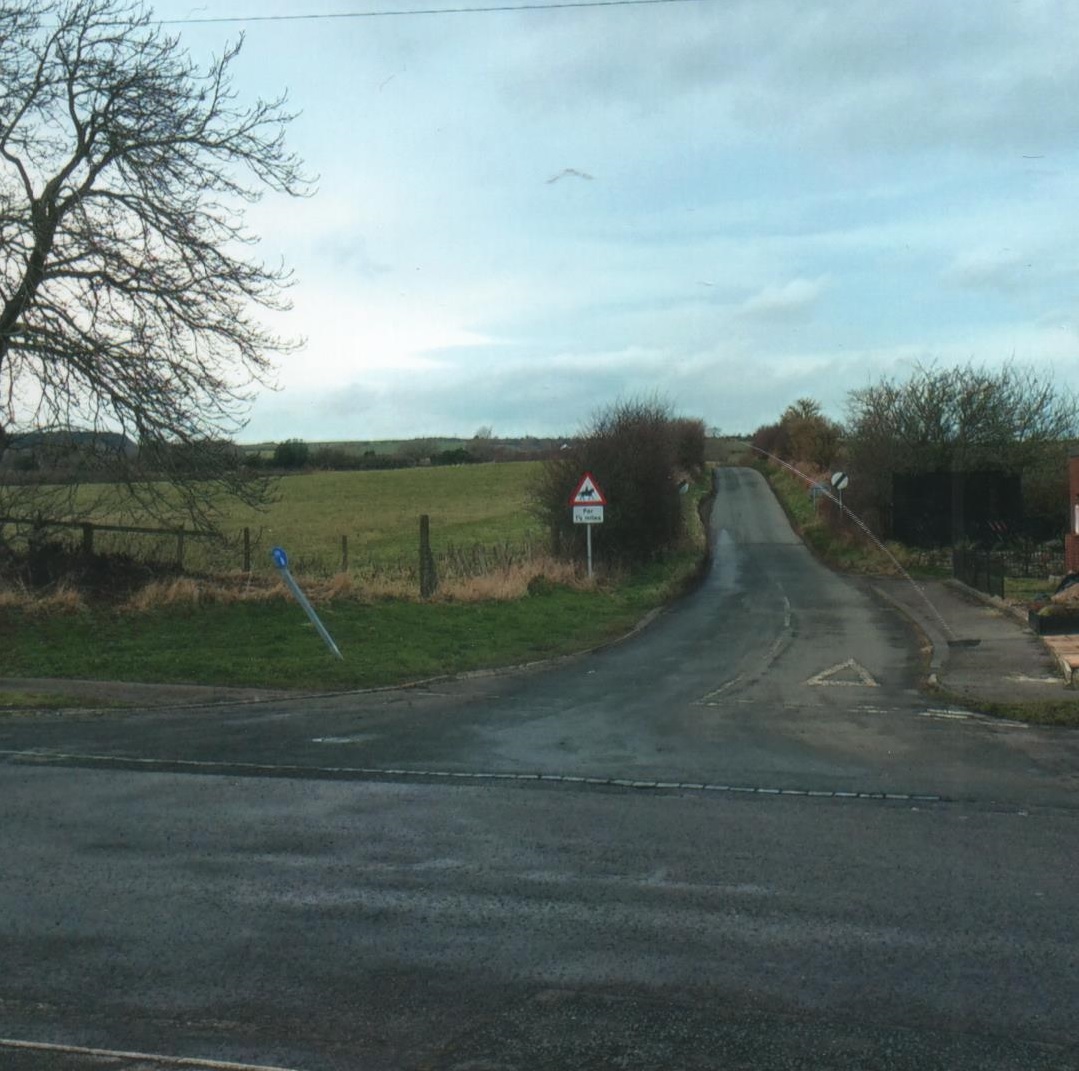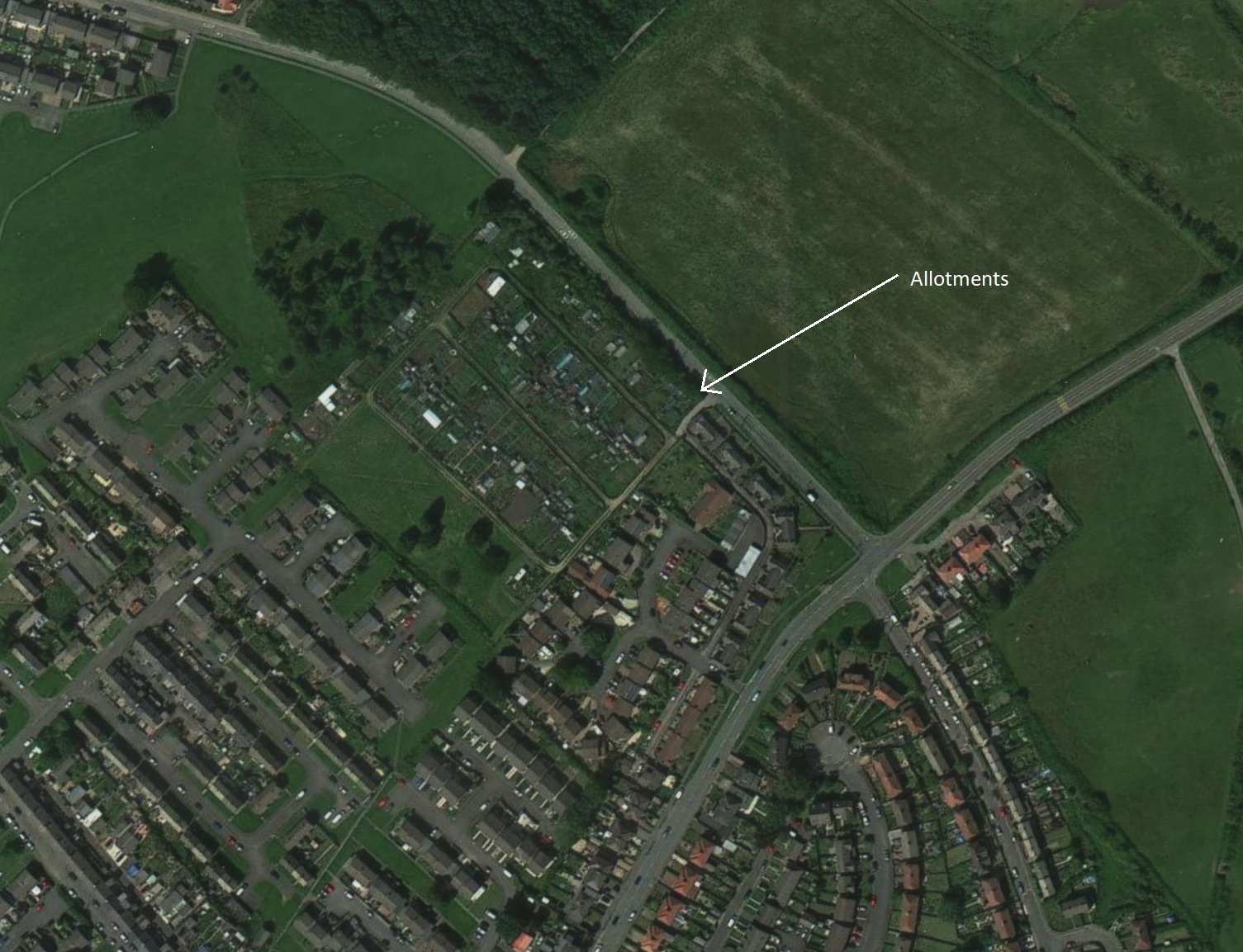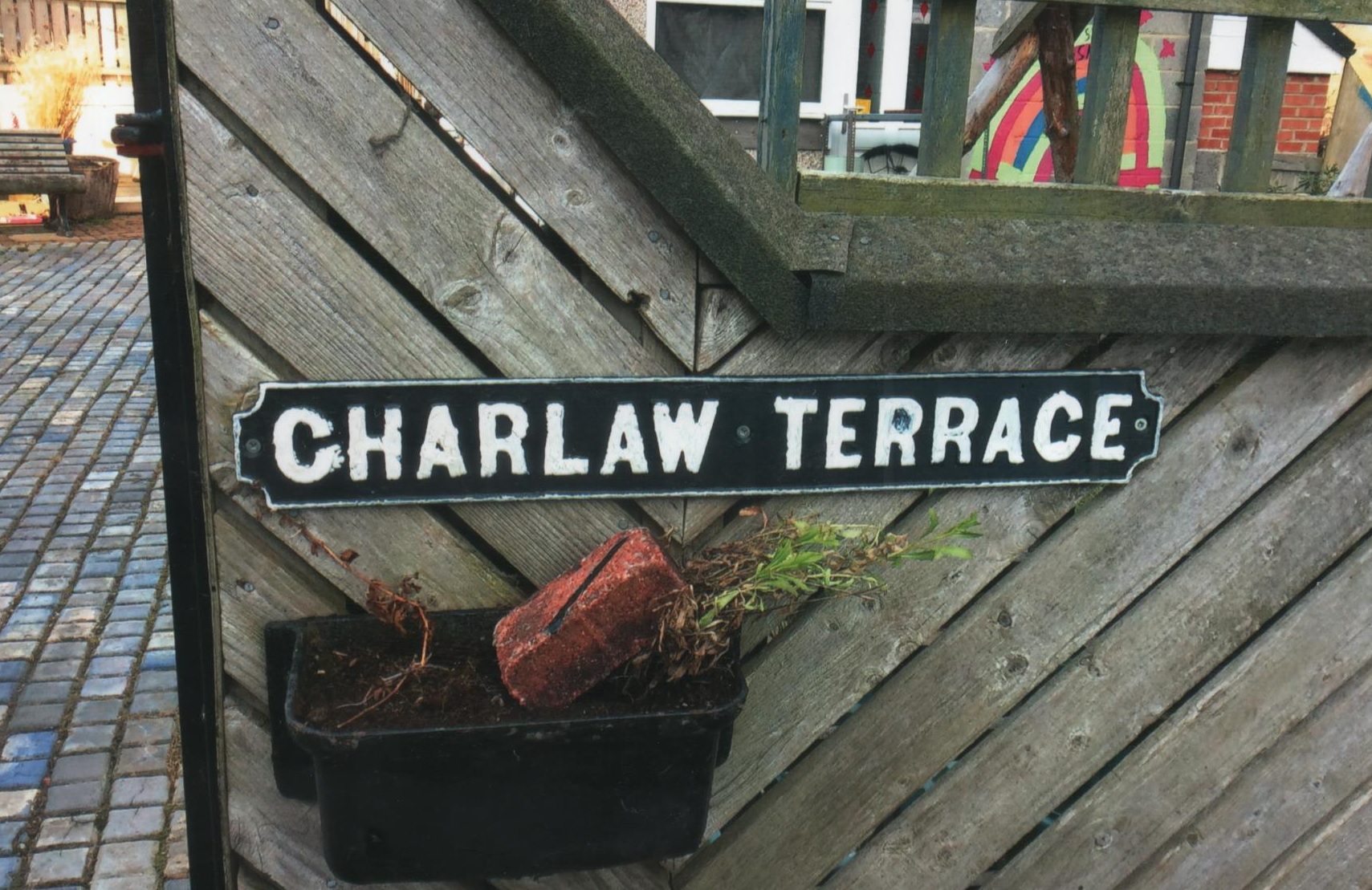The small County Durham village of Witton Gilbert (Whitton), on the River Browney, is located about 6 kilometres north-west of the city of Durham. It benefits from Beaurepaire Park, which is part of the Prior of Durham’s Park, and at one time had its own railway station on the Lanchester Valley Line, although like many at the time it was closed in the 1960s. The village boasts a rich history dating back to the Bronze Age and, although Witton Gilbert is a medieval village from Saxon times, there was a Roman settlement at Crookton in the vicinity of the village. The village, along with so many in this area, was not mentioned in the 1086 Domesday Book, which stated ' All the land north of the Tees was laid to waist between 1066 and 1085, so nothing is worth recording'. The Bolden Book, in 1183AD, did record settlements at Muggleswick, Witton (Gilbert) and Fulforth among others. In the middle of the 13th century Beau Repaire Manor House was built and acted as a retreat for the monks and priors of Durham Cathedral.
There is evidence that the village held its own races in the late 1730s on Charlaw Common, with a two day meeting staged on Tuesday 9th and Wednesday 10th October 1739. Although detailed results from the meeting have not survived, an advertisement from the Newcastle Courant gave details about the races. Today some of Charlaw Common is covered by Charlaw Terrace, whilst another other part of it is given over to Charlaw allotments.
The extract below is shown courtesy of the Newcastle Courant Saturday 29th September 1739 and the British Library online.




What is known for certain is that the races were held on Charlaw Common. The photo top left is from Front Street pointing to Charlaw Fell, a peak 800 feet high, with the River Browney 700 yards to the south.
The photo top right shows the start of Norburn Lane which leads straight up to Charlaw Fell and Charlaw Common where the races were staged.
The photo opposite provides a glimpse of some of the fields over which the races would have taken place 3 centuries ago.




Much of the information about this course has been found using internet research and is in the public domain. However, useful research sources have been:-
London Illustrated News
Racing Illustrated 1895-1899
The Sporting & Dramatic Illustrated
Northern Turf History Volumes 1-4 by J.Fairfax-Blakeborough
The Sporting Magazine
A Long Time Gone by Chris Pitt first published in 1996 ISBN 0 900599 89 8
Racing Calendars which were first published in 1727



